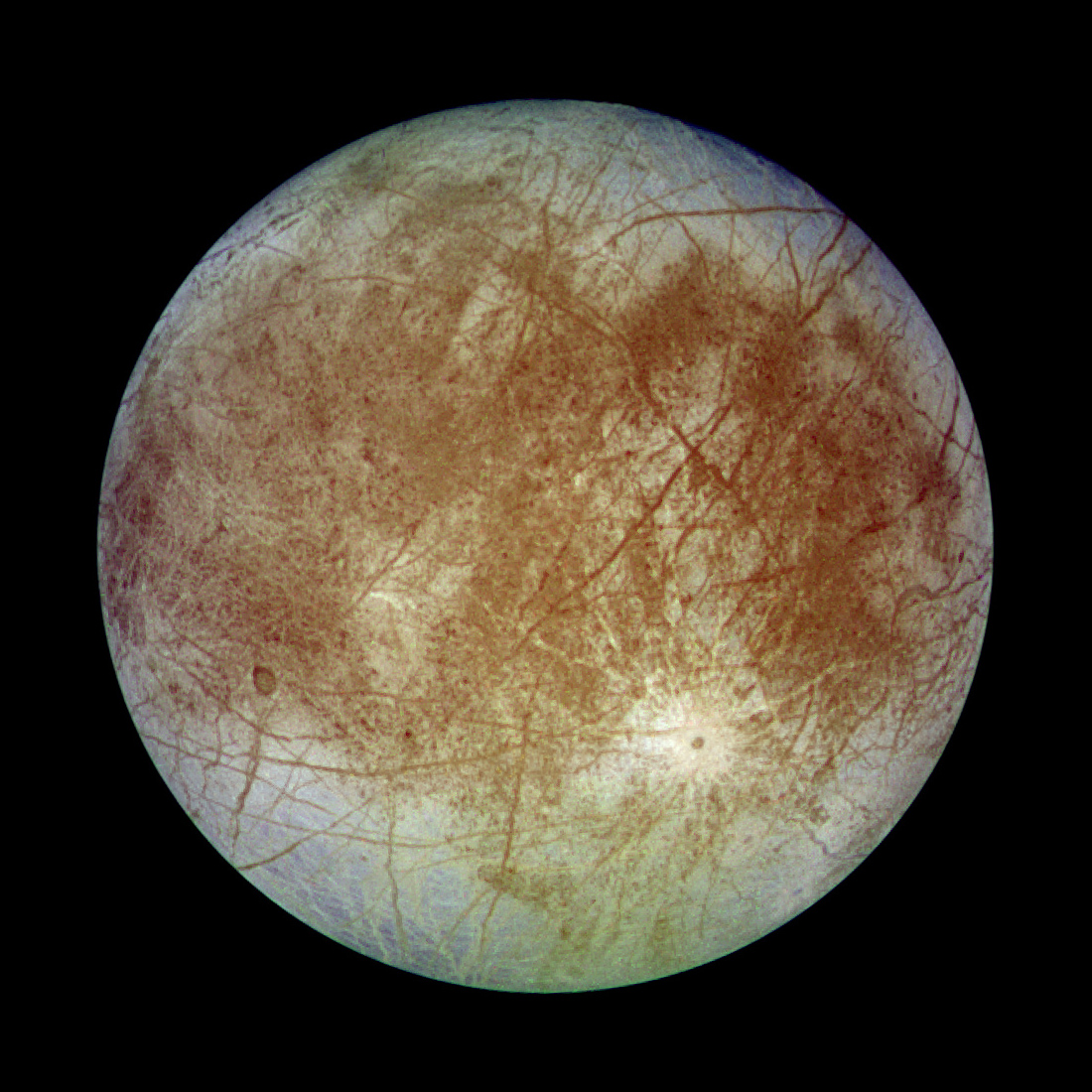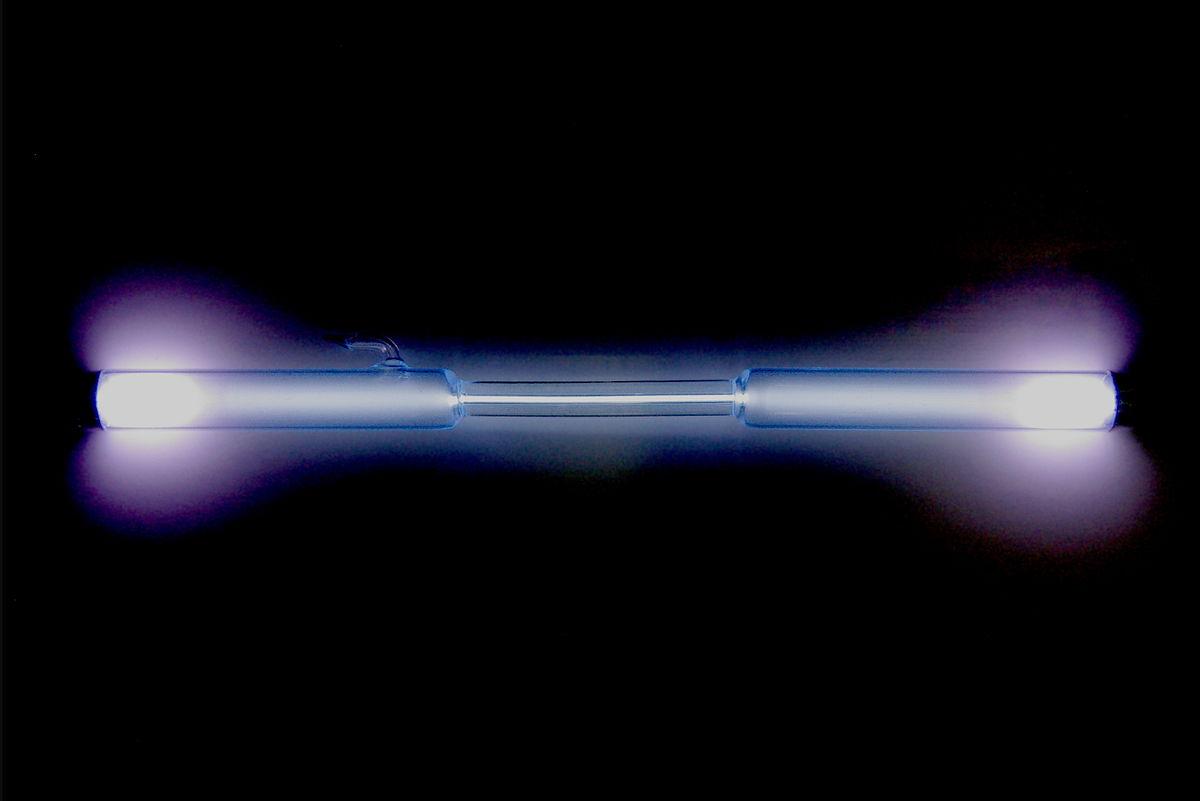
Recent observations from Mars orbiter and rover missions provide unambiguous evidence for opaline silica (SiO2*H2O) in various settings on the Martian surface. In the case of opaline silica outcrops and soil identified by the Spirit rover in the Columbia Hills of Gusev crater, a suite of geologic features demonstrates that these materials are the products of a volcanic hydrothermal system. But the nodular expression of many of the outcrops and sub-cm-scale “digitate protrusions” they contain remained enigmatic. Now, remarkably similar features have been observed in small discharge channels emanating from hot springs and geysers in a high elevation geothermal field known as El Tatio in the Atacama Desert of northern Chile. The micro-digitate silica structures at El Tatio are possible microstromatolites, features that arise through microbial mediation of silica precipitation. By analogy, the comparable features on Mars are potential biosignatures.
 Getting Under Europa’s Skin
Getting Under Europa’s Skin Tracing Formation and Evolution of Outer Solar System Bodies Through Stable Isotopes and Noble Gas Abundances
Tracing Formation and Evolution of Outer Solar System Bodies Through Stable Isotopes and Noble Gas Abundances Photosynthesis, a Planetary Revolution
Photosynthesis, a Planetary Revolution Xenon: King of the Gases
Xenon: King of the Gases